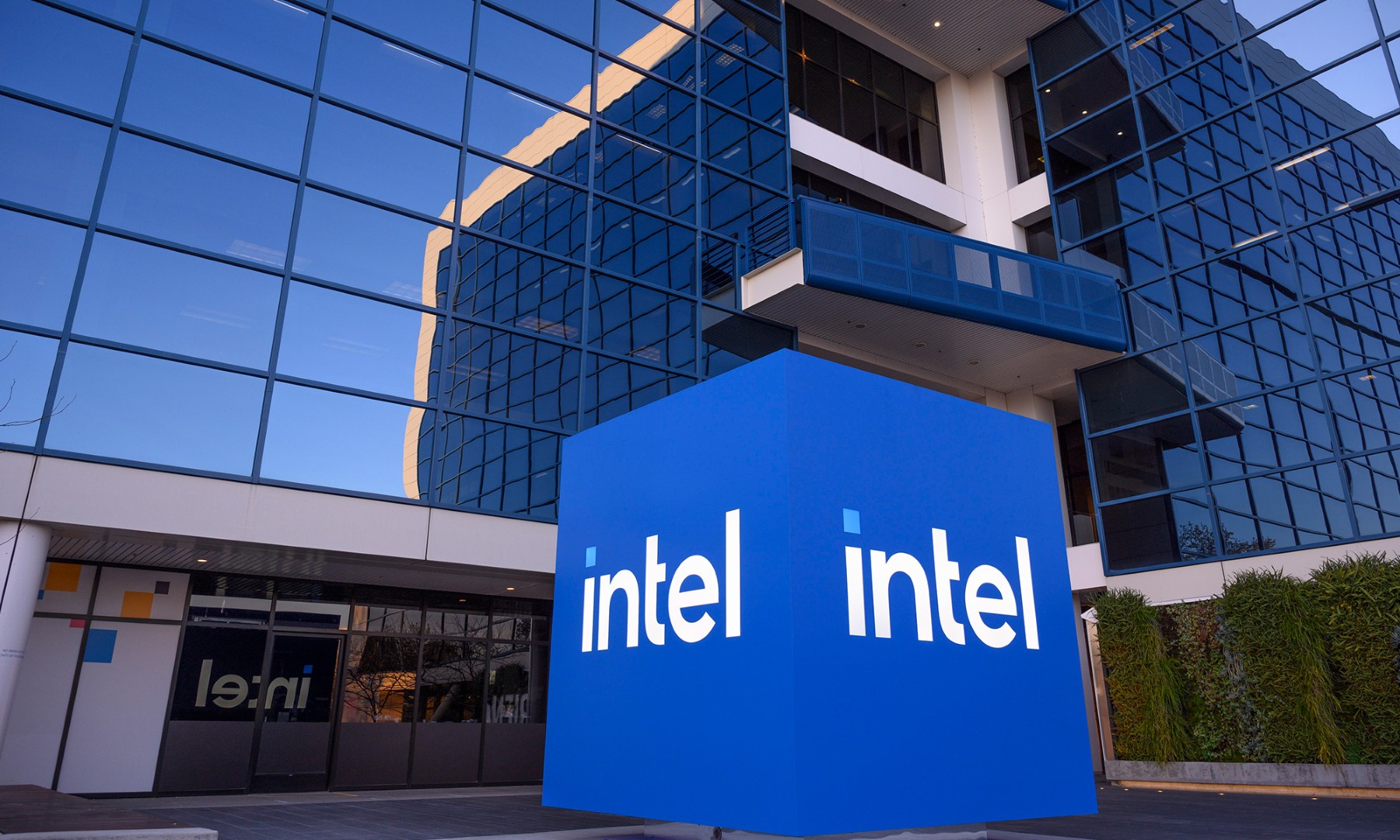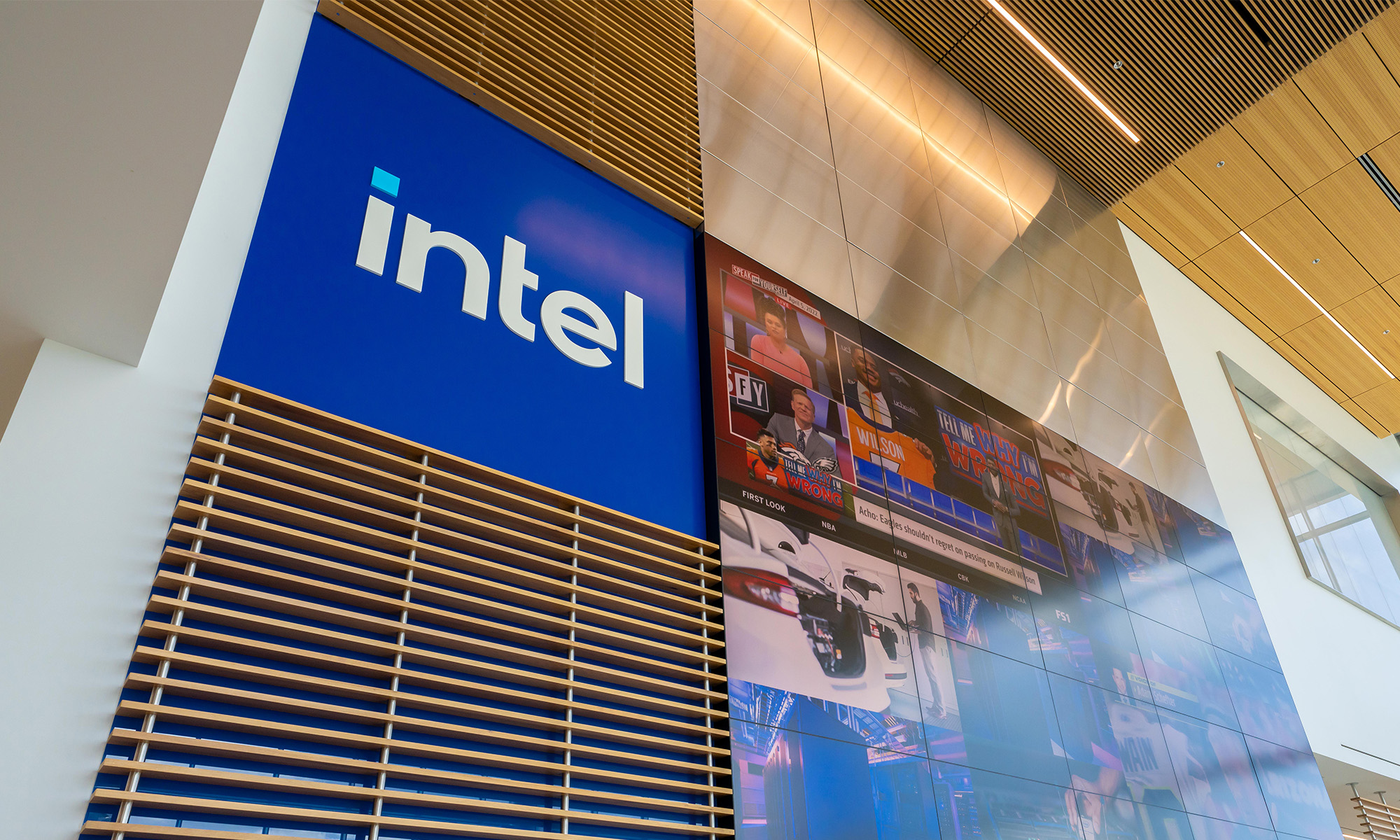
Image source: Intel/Altera via KitGuru.
Over on Seeking Alpha, user David Muncier -- who attended programmable logic maker Altera's (NASDAQ: ALTR) SoC Developers Forum in September -- posted some very interesting details about the manufacturing technology that Altera will use to build its next-generation stand-alone field programmable gate array, or FPGA, devices.
Let's take a closer look at the information that Muncier provided.
High-end FPGA, known as "Sequoia," on Intel 10nm
Ahead of Intel's (INTC +6.72%) acquisition of Altera, Altera CEO John Daane made it clear that Altera's choice of manufacturing partner for its 10-nanometer high-end FPGAs had not yet been made. Indeed, even following the announcement that Intel planned to acquire Altera, CFO Stacy Smith indicated that the decision had yet to be made (but that he "liked [Intel's] odds" to win the business).
It would seem, though, that the decision has been made.
According to Muncier, Altera disclosed at this event that its next generation high-end FPGA, code-named Sequoia, will be built on Intel's 10-nanometer manufacturing technology rather than TSMC's (TSM +5.17%).
Mid-range moves to Intel as well
Additionally, per Muncier, Altera said that its next mid-range FPGA to succeed the Arria 10 (which is built on TSMC's 20-nanometer manufacturing technology), code-named "Cedar," will be built upon Intel's 14-nanometer technology.
If competing FPGAs from Altera rival Xilinx (XLNX +0.00%) are built on TSMC's 16-nanometer process and arrive to the marketplace at roughly the same time, this could potentially give Altera (which should be under the Intel banner once this product rolls out) an advantage.
Low end stays on TSMC, though
Finally, Altera apparently said that the successor to its low-cost Cyclone V family of FPGAs, which is currently built on TSMC's 28-nanometer LP technology, will remain on TSMC technology. Muncier says that in the slide that contained this information, Altera said that "TSMC has cost/power process technology."
I wouldn't be surprised if Altera is referring to either TSMC's 28-nanometer HPC+ technology or its recently announced cost-effective 16-nanometer FFC technology.
How does this tie into Intel's acquisition strategy?
Part of the value that Intel has said that it hopes to deliver with its acquisition of Altera is to try to move Altera's current stand-alone FPGA products to Intel manufacturing technologies. This, Intel executives have said, could mean that these future Altera products will deliver performance/power benefits over what the competition (in this case, Xilinx) can provide on foundry processes.
At a glance, this seems like a winning strategy. However, there is some reason to be cautious.
Muncier says that in a conversation with an Altera engineer, it was revealed that Altera's Stratix 10 FPGA -- Altera's high-end part built on Intel's 14-nanometer process -- has yet to "tape out." In a nutshell, this means that the design has yet to be completed, suggesting that it won't be shipping for revenue for quite some time yet.
Given that, as Muncier notes, Altera had originally hoped to tape out this chip in late 2014, the company is significantly behind schedule. In contrast, Xilinx announced back in early July that it had taped out its first FPGA on TSMC's 16-nanometer FinFET Plus process.
This strongly suggests that although Intel may have the "better" process in the 14/16-nanometer generation, Xilinx will get to market first which might mean that Altera won't be able to gain as much share at the high end of the FPGA market as it had originally hoped with the Stratix 10.
I hope that Intel's efforts to integrate Altera FPGAs directly into its future Xeon server processor goes more smoothly than the foundry collaboration is said to have gone thus far.







